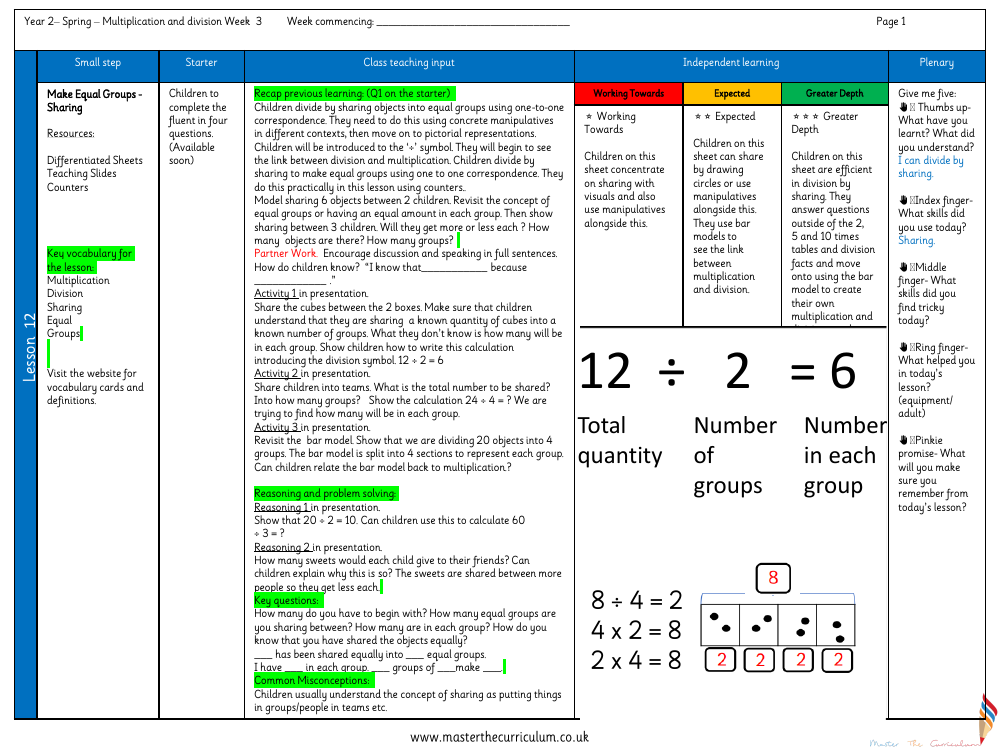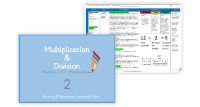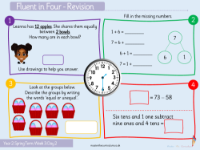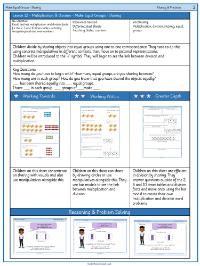Multiplication and division - Make equal groups sharing 2 - Planning

Maths Resource Description
In a Year 2 mathematics lesson, the concept of making equal groups through sharing is introduced as a foundational step towards understanding division and its connection to multiplication. The lesson utilises a variety of resources such as differentiated sheets, teaching slides, and counters to facilitate learning. Key vocabulary terms including 'multiplication', 'division', 'sharing', 'equal', and 'groups' are emphasised to build a strong mathematical lexicon. Students begin by revisiting the concept of dividing objects into equal groups using one-to-one correspondence, transitioning from concrete manipulatives to pictorial representations. The introduction of the division symbol '÷' helps students to visualise and record their sharing of objects, such as dividing 12 cubes equally between two boxes, leading to the calculation 12 ÷ 2 = 6.
The lesson continues with interactive activities, encouraging partner work and discussion to deepen understanding. For example, students share a total number of objects, such as 24, into equal groups, and then calculate how many objects each group contains. The lesson also revisits the bar model as a visual aid to help students relate division back to multiplication, enhancing their comprehension of the reciprocal relationship between the two operations. As students progress, they engage in reasoning and problem-solving tasks that challenge them to apply their knowledge to new situations, such as determining how many sweets would be shared among friends. The lesson culminates with a reflection on what has been learned, the skills used, and a commitment to remember the key concepts. Differentiated activities cater to varying levels of proficiency, from working towards understanding to achieving greater depth, ensuring that all students have the opportunity to develop their division skills effectively.



